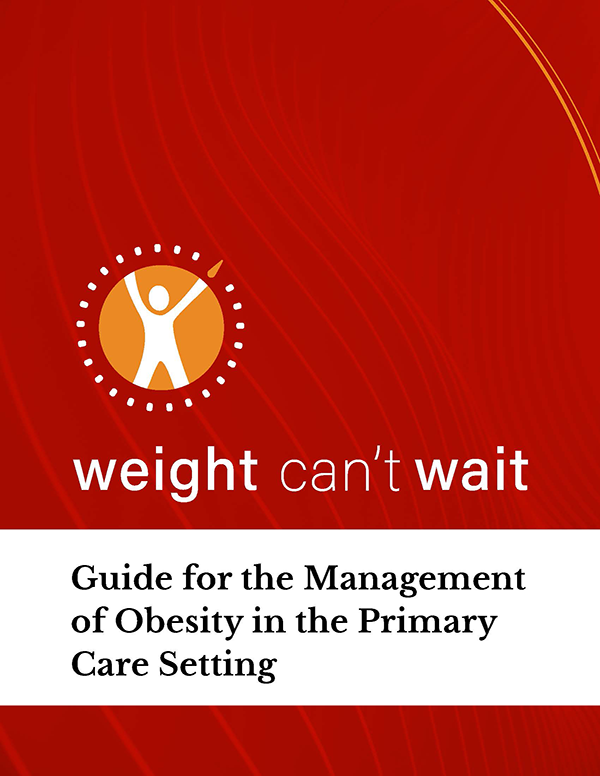
This blog post was written by Christine Gallagher, Research Project Director of the STOP Obesity Alliance at George Washington University’s Milken Institute School of Public Health.
I have been working on obesity research, policy, and advocacy issues for almost a decade. But it wasn’t until the last two years that I made the choice to use what I’ve learned at work to address my own health. I struggled with being overweight in high school, college, and after the birth of my two children. But in 2015, after my daughter was diagnosed with cancer, I steadily gained weight and my BMI began to rise.
As my daughter’s health continued to improve in 2019, I made the decision to refocus on myself and address my weight gain. I started with two commercial weight loss programs, which helped kickstart some behavioral changes in my eating habits and physical activity levels. I lost about 6% of my weight – a good start, but I knew from my work that there were other options I could tap.
At my annual physical with my primary care physician, I was prepared to have a discussion about how my weight was impacting my health. My lower back pain, joint aches, creeping high cholesterol, and fatigue could all be caused by my obesity. I also knew that there were other behavioral therapies available, such as meeting one-on-one with a registered dietician, exercise therapist, or joining a weight loss group. I was also familiar with the various anti-obesity medications available and came to the appointment armed with what was covered by my health insurance.
In my case, I had three major advantages. First, my professional life provided me with a solid background in obesity treatment and knowledge that obesity is a chronic disease, and not just a behavioral issue. Second, I had the tools and resources to determine what options were accessible to me through my insurance coverage or through other avenues. And finally, my primary care physician was supportive, open to having the conversation, and familiar with prescribing anti-obesity medications. We decided together on a plan. Since then I have had a few follow up appointments, and I have been able to lose 40 pounds over the last 18 months.
But what if I had a provider who was neither willing nor comfortable talking to me about my obesity? With 42% of American adults now living with obesity, the ability of health care professionals to prevent and manage this disease is more important than ever. However, research has found that providers face significant obstacles to obesity counseling, including discomfort with opening the conversation, lack of time, insufficient training, limited reimbursement, and inadequate availability of effective treatments.
When weight counseling is appropriate, health care professionals need a short, accessible, practical, informative guide for obesity treatment. Recognizing this need, the STOP Obesity Alliance created a new guide for the management of obesity in primary care: Weight Can’t Wait.

Weight Can’t Wait is broken down into the three phases of the patient/doctor visit: the pre-encounter, encounter, and post-encounter. Asking the patient for permission to discuss their weight, sensitivity about the language used and how the patient will feel about a diagnosis of obesity, and entering into shared decision making between provider and patient are all pillars of the guide. Suggestions for how to talk to a patient who is interested in pursuing treatment and a patient who is not interested in pursuing treatment of obesity are outlined in a flow chart for the provider.
We are pleased to share this new resource with you. Our goal over the year will be to promote the guide to providers and encourage its use in the patient exam room. It is available for you to share with your provider and we hope you will do so. Let us know how it is received and if you have any suggestions for us.
